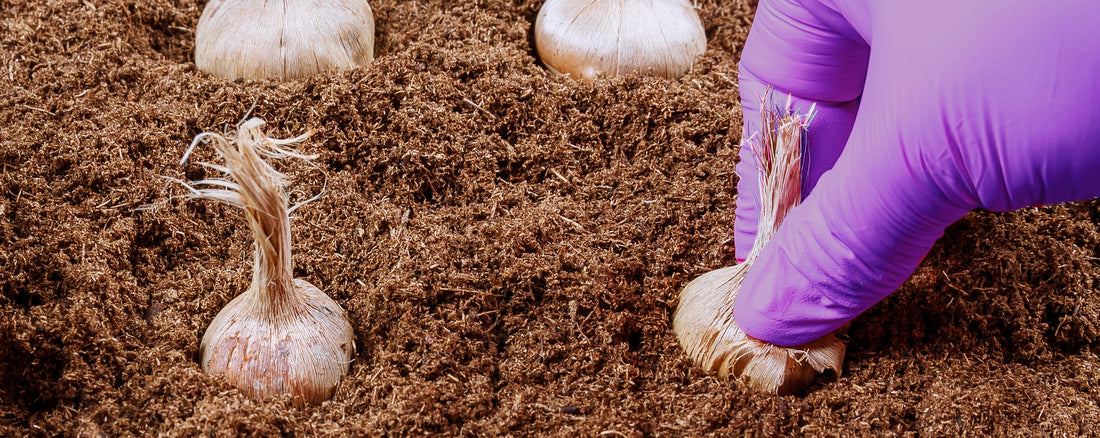
Crocus sativus planting and sprouting stage
Share
As summer winds down and the air begins to shift, saffron farmers return to their fields for one of the most vital moments in the saffron cultivation cycle: planting and sprouting. Spanning August through September, this stage marks the beginning of a new life cycle for the Crocus sativus plant—the world’s most treasured spice.
This is more than just a technical step in farming. At its heart, planting saffron is an act of care and commitment—a promise to the future. Our mission is to protect and preserve saffron cultivation, so future generations can continue to grow and enjoy this exquisite crop.
What happens during the planting and sprouting stage?
Whether establishing a new saffron field or continuing with an existing bed, this stage is about awakening dormant corms and preparing the soil for the growth to come.
Here's what typically happens:
- Corms are planted (or left in place if part of a multi-year bed) at a depth of 10–15 cm in well-drained soil;
- Late summer warmth and moisture signal the corms to awaken from dormancy;
- Tiny green shoots begin to emerge—this is the first visible sign of life, marking the beginning of a new saffron season.
By the end of September, the field transitions from seemingly barren soil to rows of fresh green leaves poking through, preparing for the dramatic bloom of October.
Best practices for planting Crocus sativus corms
To ensure strong sprouting and healthy root development, saffron growers follow these key steps:
1. Choose high-quality corms
Plant healthy, disease-free saffron corms that are large and firm. These have the best potential for flowering and multiplication.
2. Prepare the soil
Well-draining, loose soil is essential. Add compost or aged manure if needed, but avoid over-fertilizing. Raised beds or ridges help prevent waterlogging.
3. Mind the spacing
Proper spacing—about 10–15 cm apart—allows for airflow and gives each corm room to grow and multiply.
4. Don’t overwater
Moist soil is good, but excessive watering can lead to rot. Irrigate lightly and only if rains are delayed.
When do saffron corms sprout?
Sprouting typically begins 2–3 weeks after planting, depending on temperature and soil moisture. You’ll see thin green leaves—sometimes called “grass”—emerging vertically. These leaves will continue to grow into the vegetative stage and support corm development later in the season.
Why August–September is so important
This stage may seem straightforward, but it sets the tone for the entire saffron production cycle. Here's why it's so crucial:
- It determines how many flowers (and how much saffron) the field will produce;
- It builds the root system that supports leaf growth and corm health;
- It aligns with natural seasonal rhythms—saffron is one of the few crops planted in late summer for autumn bloom.
Careful timing, healthy soil, and high-quality corms all contribute to a successful flowering season in October.

1 comment
I live in northern Vermont and have some corms that I bought last fall, planted and pulled before the first frost. When should I replant them and do I really need to remove them before winter? Is there anything I can do to mitigate this, like covering without straw, similar to garlic, before winter?
Thanks
John